Tracing Ohio’s Lake Erie Fishing Regulations
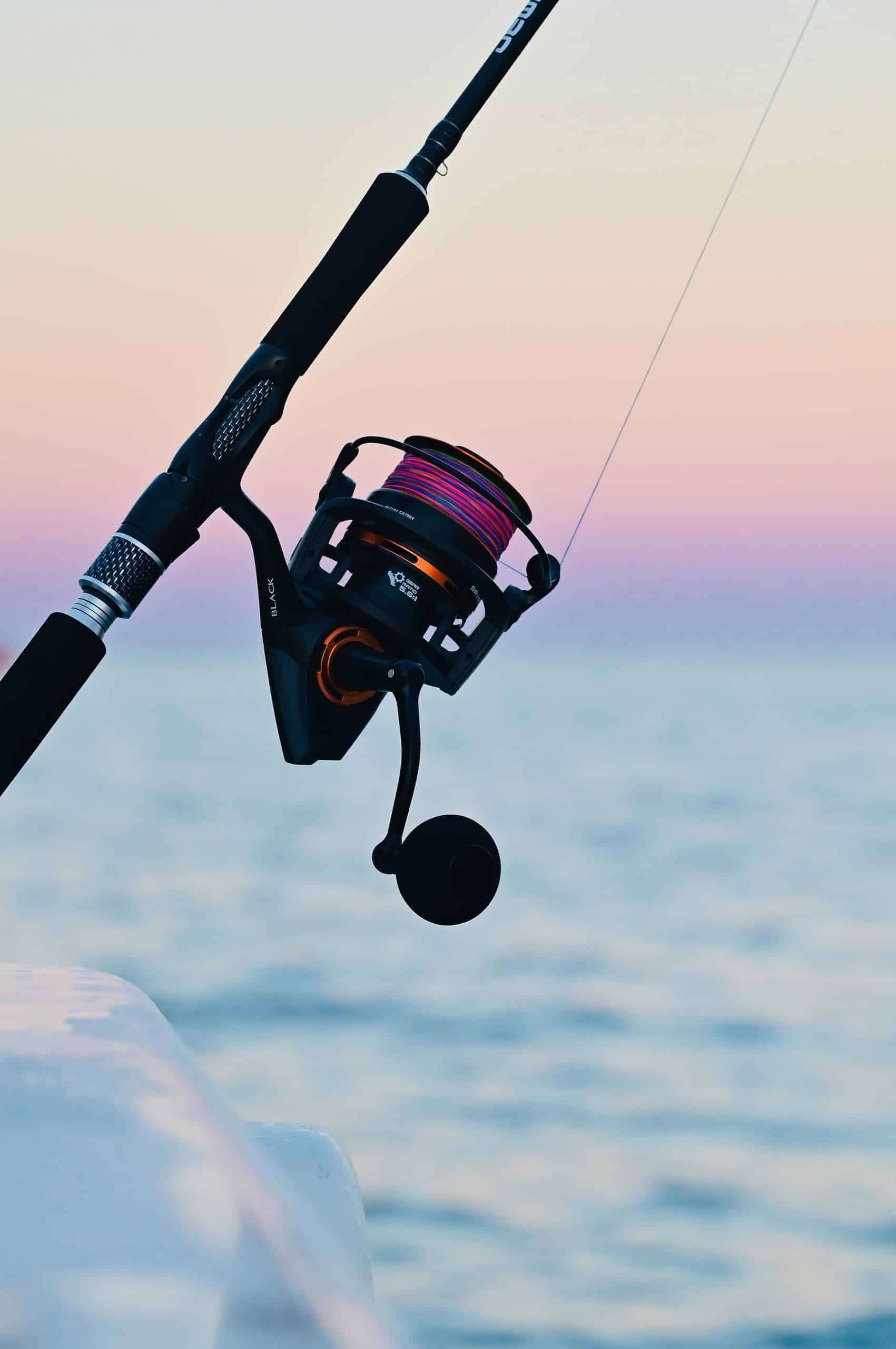
Imagine you’re casting a line into the calm waters of Lake Erie. Ever wondered how Ohio’s fishing regulations came to be?
You’re about to dive into the rich history of these rules, from their origins to their impact on your favorite sport.
We’ll even peek into the future of Ohio’s fishing regulations. So grab your tackle box and let’s uncover the tale behind the regulations that shape your fishing experiences.
Table of Contents
Key Takeaways
- Lake Erie fishing regulations were implemented in the early 1900s to address concerns over depleting fish populations and ensure sustainability.
- Ohio’s fishing licenses have evolved over time with the introduction of varied licenses, lifetime licenses, and online license purchasing.
- Major changes in fishing regulations include the introduction of size and bag limits, stricter licensing requirements, seasonal restrictions, and regulations on bait fish.
- The impact of regulations on Lake Erie fishing includes maintaining sustainable fish populations, protecting habitats, ensuring economic stability, improving water quality, and increasing public awareness about conservation.
Origins of Lake Erie Fishing Regulations
You’ll find that the genesis of Lake Erie’s fishing regulations in Ohio is rooted in a desire for conservation and sustainable fishing practices. Back in the late 19th century, concerns over depleting fish populations began to surface. The government and local communities understood the need for regulatory measures to ensure the survival and prosperity of aquatic life in Lake Erie.
In the early 1900s, Ohio implemented a series of regulations, including size limits, season closures, and licensing requirements. You’ll see that these regulations were established not only to protect the fish but also to ensure a sustainable future for the fishing industry and recreational anglers.
As you delve deeper, you’ll learn that the regulations have undergone numerous changes and adjustments over the years. They’ve been shaped by scientific research, changes in fish populations, technological advancements in fishing gear, and shifts in societal values towards conservation. The goal remains the same: to balance the needs of the ecosystem with those of the people who rely on Lake Erie’s resources.
Evolution of Ohio’s Fishing Licenses
Ohio’s evolution of fishing licenses is a topic you can’t overlook when exploring the state’s fishing regulations history. It’s a saga that reflects both the changing attitudes towards conservation and the growing recognition of the importance of angling to Ohio’s economy.
The licensing process has seen significant changes over the years. Here’s a quick rundown:
- Initially, there were no fishing licenses. Everyone had free access to the fish resources.
- In the early 1900s, the state introduced licenses to manage overfishing.
- By mid-century, licenses became more varied to accommodate different types of fishing.
- In the 1980s, Ohio offered lifetime licenses for the first time.
- The 21st century brought online license purchasing, making the process more convenient.
As you delve into Ohio’s fishing license evolution, you’ll see how these changes have helped maintain a balance between preserving fish populations and ensuring a satisfying fishing experience. It’s a testament to the state’s commitment to sustainable fishing that benefits both nature and anglers.
Understanding this transformation can offer a deeper appreciation of Ohio’s fishing heritage and the effort put into keeping its waterways thriving.
Major Changes in Fishing Regulations
Diving deeper into Ohio’s fishing regulations history, you’ll notice that the rules haven’t remained static; they’ve evolved significantly over the years to respond to ecological changes and the needs of the fishing community. One major shift was the introduction of size and bag limits to prevent overfishing and promote sustainability.
You’ll also see that the state introduced stricter licensing requirements to better manage the fishing population and protect the aquatic ecosystem. Seasonal restrictions were implemented too, restricting fishing during certain periods to allow for fish breeding and growth.
Moreover, in response to the invasive species problem, Ohio’s Department of Natural Resources initiated regulations on bait fish. Now, you can’t import or transport live fish without a permit, a move that’s reduced the risk of introducing harmful foreign species into Lake Erie.
Lastly, there’s been a significant change in commercial fishing. Originally, anyone could engage in commercial fishing. Nowadays, you need a specific license, and the number of these licenses is limited.
Impact of Regulations on Lake Erie Fishing
These evolving regulations have had a profound impact on Lake Erie’s fishing landscape, and it’s critical for you to understand how they’ve directly influenced the fish populations and the overall health of the ecosystem. It’s not just about controlling the fishing industry; it’s also about ensuring the survival and prosperity of various fish species and their habitats.
Here are some key impacts:
- Sustainable Fish Populations: Regulations have helped maintain a balance in fish populations, ensuring that no species is overfished to the point of endangerment.
- Habitat Protection: Restrictions on fishing methods protect the lake’s ecosystem, preventing destructive practices like bottom trawling.
- Economic Stability: By controlling catch limits, the regulations ensure the fishing industry remains economically viable.
- Improved Water Quality: Many regulations indirectly impact the health of Lake Erie by reducing pollution and promoting cleaner fishing practices.
- Public Awareness: Lastly, the regulations have heightened public awareness about the importance of conservation and sustainable fishing.
Future Projections for Ohio’s Fishing Rules
Looking ahead, you’ll find that more changes are likely in store for the fishing rules on Lake Erie. With ever-changing ecological conditions and growing concerns for sustainable fishing, Ohio’s fishing regulations are set to evolve.
Ohio’s Department of Natural Resources (ODNR) is expected to enhance rules on species protection, adjust size and catch limits, and put more focus on invasive species management. You’ll see stricter rules on the type of gear used to prevent overfishing and reduce bycatch. For instance, the use of certain nets might be prohibited, and you could find more restrictions on fishing during spawning periods.
The ODNR is also likely to introduce new licensing procedures, including digital licenses and stricter penalties for violations. You might need to update your knowledge regularly, as the department is considering more educational programs for anglers.
Moreover, climate change’s impact on fish populations could lead to significant alterations in fishing rules. You’ll potentially see restrictions introduced to protect species vulnerable to warming waters or habitat loss.
Frequently Asked Questions
What Types of Fish Are Commonly Caught in Lake Erie?
You’re likely to catch a variety of fish in Lake Erie. Common ones include Walleye, Yellow Perch, and Smallmouth Bass. You’ll also find Steelhead Trout and Lake Trout if you’re lucky!
How Has the Local Economy of Ohio Been Influenced by Lake Erie Fishing?
You’ve probably not considered it, but Lake Erie fishing’s a real economic powerhouse in Ohio. It’s boosted tourism, created jobs, and supported local businesses. Quite the financial fish tale, isn’t it?
What Is the Process for Obtaining a Fishing License in Ohio?
You’d start by visiting Ohio’s Wildlife Licensing System online. There, you’ll fill out an application, providing personal info. After payment, you’ll get your license. Remember, it’s yearly, and you must renew it annually.
Are There Any Fishing Tournaments or Events Held on Lake Erie?
Yes, you’ll find numerous fishing tournaments on Lake Erie, like the Walleye Fall Brawl. They’re a great way to show off your skills, meet other anglers, and potentially win some exciting prizes.
What Are Some Popular Fishing Spots on Lake Erie?
You’re in luck! Lake Erie is teeming with popular fishing spots. Walleye enthusiasts often head to Western Basin. Central and Eastern Basins are great for yellow perch. Don’t forget about Conneaut Harbor for steelhead fishing.
Conclusion
So, you’ve navigated the tumultuous waters of Ohio’s Lake Erie fishing regulations history. You’ve seen licenses evolve, rules change, and felt the impact on your beloved sport.
Thanks to red tape, your fishing trip now requires more preparation than a NASA launch. But, chin up! With future predictions, you might need a law degree just to cast a line. Isn’t bureaucracy grand?
Keep on casting, my friend. The fish are awaiting your baited breath.
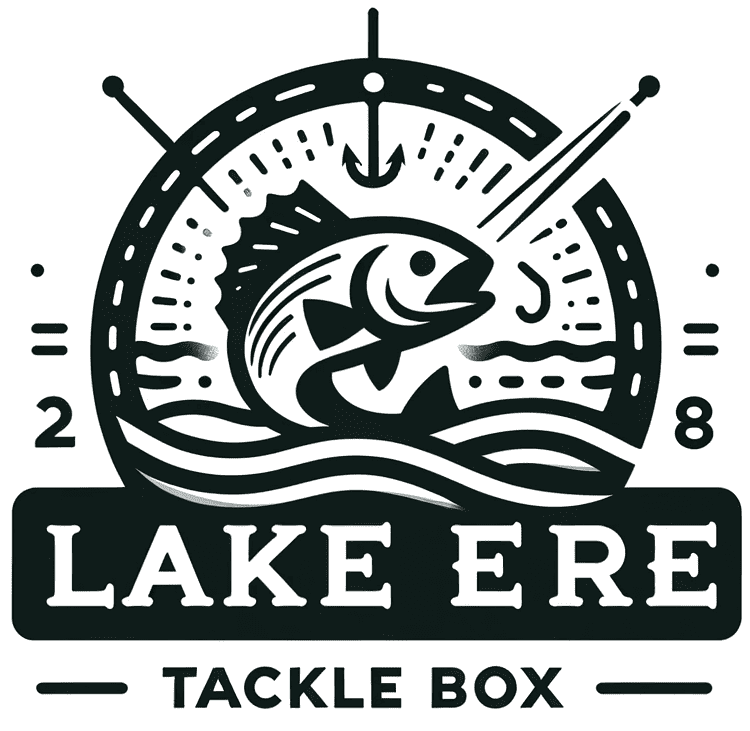
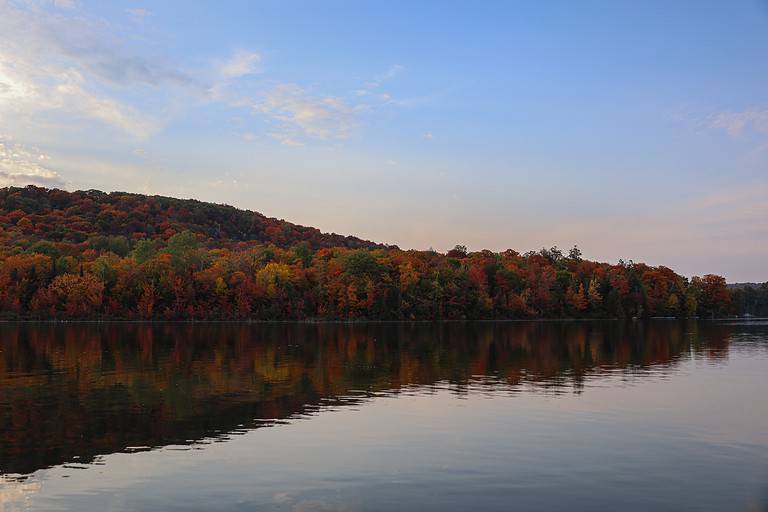
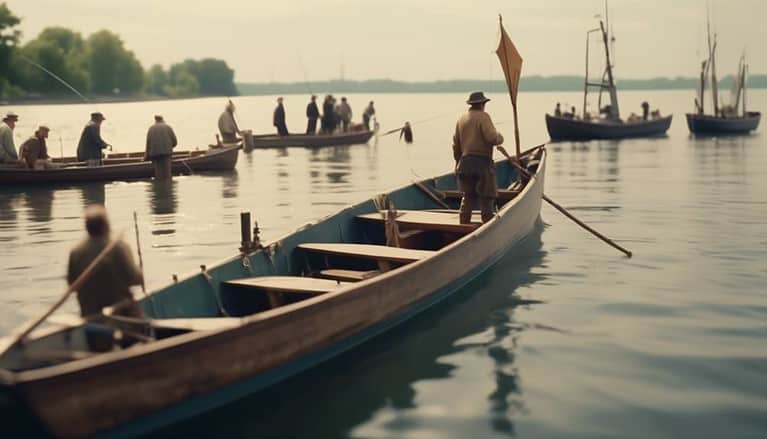
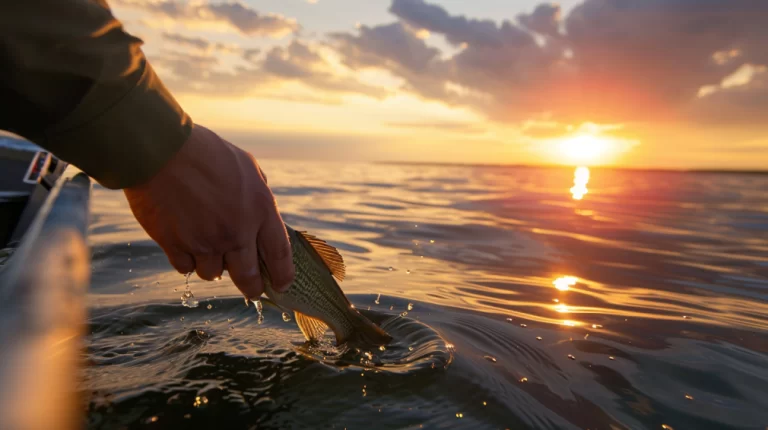
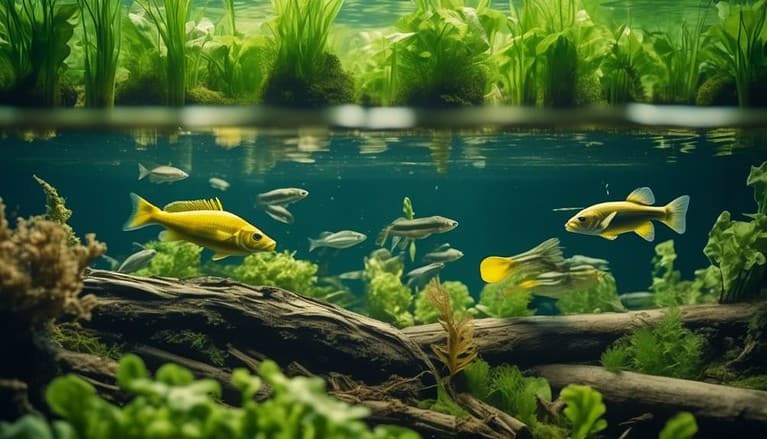


11 Comments
Comments are closed.